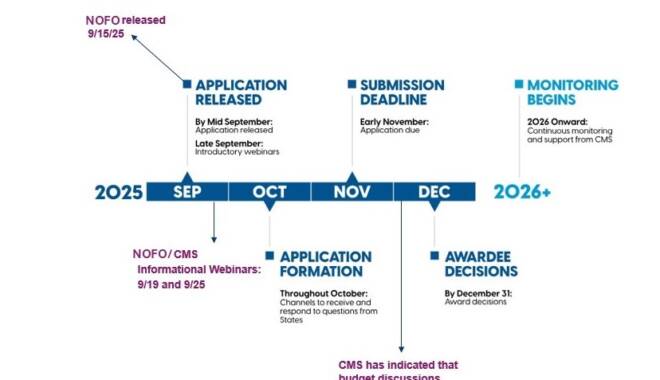News and Media

“Our team at PCG developed a quick-reference guide for school-based leaders to utilize when addressing the four updated key priorities outlined in the U.S. Department of Education’s “Return to School Roadmap.”” Learn more!”
Mauria Uhlik, Ed.D.
Senior Advisor, Education
Public Consulting Group
PCG lives in the rare sweet spot of companies that can be profitable while helping others. I have the ability to make good while doing good.
Steve Bane
Corporate Technology Project Manager
“Helping states and counties navigate the electronic health records (EHR) world is complex. Over the years, PCG has a achieved a proven track record of supporting facilities and health care organizations, specifically those servicing mental, behavioral, and public health…”
Andrew Heaney
Associate Manager, Health
Public Consulting Group
“Creating educational equity means each child has the opportunity for improved academic achievement, leading to improved future opportunities for career, income, housing, health, and quality of life. With educational equity, each community is better positioned to have more educated members, leading to improved future opportunities, such as a thriving and self-sufficient community…”
Dr. Cassadre Davis, Ed.D.
Senior Consultant, Education
Public Consulting Group
I love the people that I work with and the clients I get to interact with. I feel that my work has a positive impact on the departments I work with and the communities we serve.
Mary Pat Lee
Health Business Analyst











